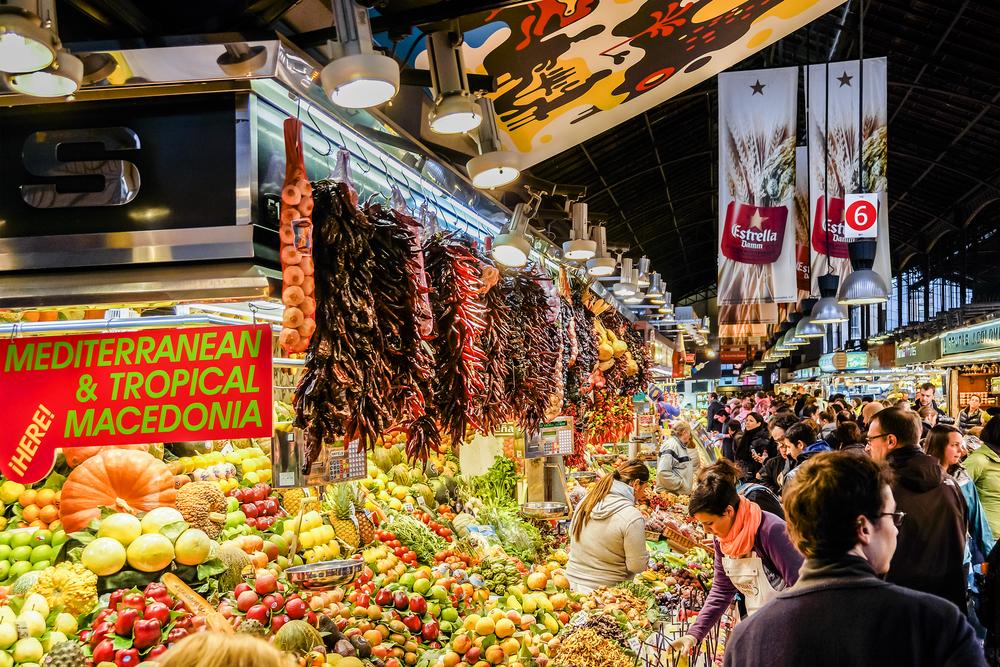We weren’t lost exactly. We had no specific destination and no place to be—and didn’t really care.
We arrived in Barcelona, Spain, by train after spending a week in Valencia, and a short taxi ride carried us into the heart of the city. Our hotel, Seventy Barcelona, made a great base of operations by putting us nearly equidistant from the oldest parts of the city, the famous Sagrada Família cathedral, and the hilltop Park Güell overlooking it all—a 20- to 30-minute walk to about anywhere, and steps away from Passeig de Gràcia, a wide boulevard suitable for a promenade through the city’s business and shopping zone: the Barcelona version of Fifth Avenue. Forget the high season, I say; we came in December and it was perfect. Pack a jacket and your walking shoes.





